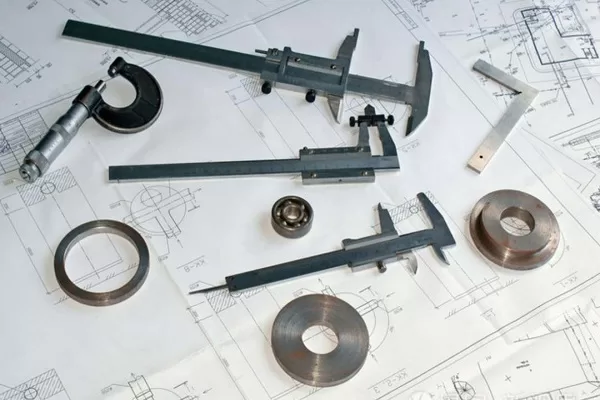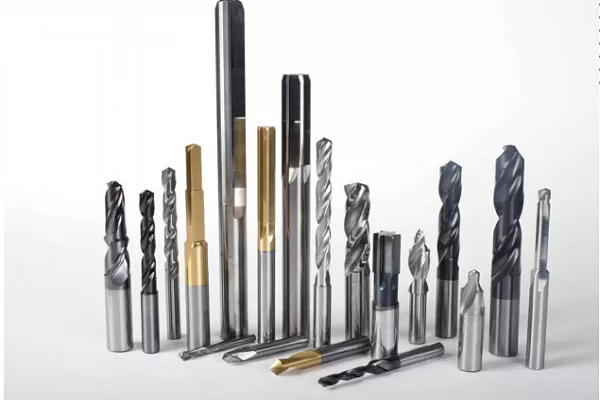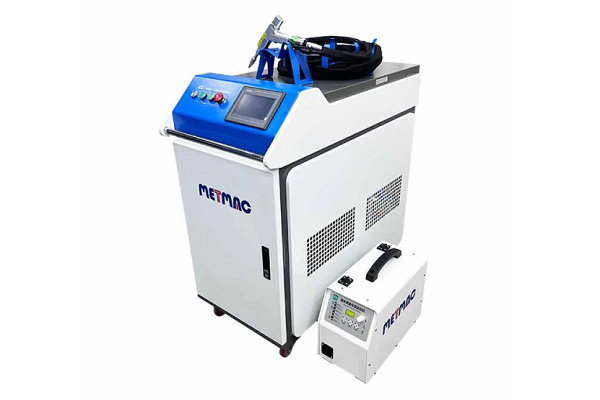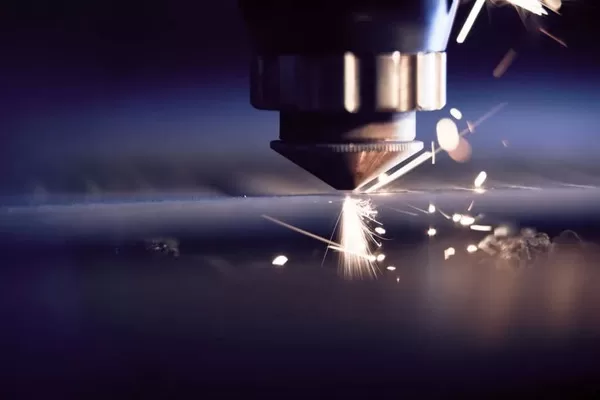
Duct Zipper Machine vs. Traditional Methods- A Comparative Study
- By:Metmac
- 2024-05-09
- 116
In the realm of ductwork fabrication, the introduction of duct zipper machines has sparked a technological revolution. These innovative machines have swiftly gained traction in the industry, challenging traditional methods while offering numerous advantages. This comparative study delves into the key differences between duct zipper machines and traditional methods, highlighting their respective strengths and weaknesses.
Precision and Efficiency
Duct zipper machines excel in precision and efficiency. They utilize a robotic arm to precisely position and crimp duct seams, eliminating the need for manual labor and reducing the risk of human error. The automated process allows for faster production rates and ensures consistent quality, resulting in reliable and durable ductwork. Traditional methods, on the other hand, rely on manual cutting, bending, and seaming, which can be time-consuming and prone to inaccuracies.
Speed and Productivity
Duct zipper machines significantly increase production speed and productivity. Their automated operation enables the fabrication of large volumes of ductwork in a shorter timeframe. The continuous and synchronized movement of the robotic arm eliminates downtime associated with manual tool changes and adjustments. In contrast, traditional methods involve multiple manual steps that can slow down the production process.
Labor Cost Reduction
Labor costs are a significant expense in ductwork fabrication. Duct zipper machines offer substantial labor cost savings by reducing the need for skilled labor. The automated process requires minimal operator intervention, freeing up skilled workers for other tasks. Traditional methods, however, require experienced technicians to perform intricate cutting, bending, and seaming, resulting in higher labor costs.
Material Utilization
Duct zipper machines exhibit improved material utilization compared to traditional methods. Their precise cutting and seaming capabilities minimize scrap and waste. The automated process ensures optimal seam alignment, reducing the need for additional material to cover gaps or overlaps. Traditional methods often result in greater material waste due to manual errors and the need for overlapping seams.
Flexibility and Versatility
Traditional methods offer greater flexibility in terms of duct shapes and sizes. Technicians can manually fabricate ducts to meet specific design requirements, accommodating irregular shapes and dimensions. However, duct zipper machines have limited flexibility due to their predefined seam patterns and robotic movements. They are best suited for standard duct shapes and sizes.
Conclusion
The adoption of duct zipper machines in ductwork fabrication offers numerous advantages over traditional methods. Their precision, efficiency, speed, labor cost reduction, and material utilization make them a compelling choice for large-scale ductwork projects. However, traditional methods provide greater flexibility and versatility, catering to specific design requirements. The choice between duct zipper machines and traditional methods ultimately depends on the project’s specific needs and factors such as volume, quality, and budget.
-
The Advantages of Using a Sheet Roll Forming Machine in Manufacturing
2024/09/14 -
How to Optimize Your Laser Sheet Cutting Machine for Maximum Performance
2024/09/12 -
How to Maximize Efficiency with Modern Sheet Metal Working Machines
2024/09/04 -
The Environmental Benefits of Using Duct Board Grooving Machines
2024/09/03
-
Integrating Automation with Rectangular Duct Machines for Enhanced Productivity
2024/05/11 -
Metal Shear Machines- Essential Tools for Precision Metal Cutting
2024/05/11 -
Understanding the Role and Function of Steel Strip Slitting Machines
2024/05/11 -
Maintenance Tips for Longevity of HVAC Duct Machines
2024/05/11
-
A Guide to the Latest Innovations in Sheet Metal Folding Machines
2024/11/29 -
Key Features to Consider When Investing in a Sheet Metal Folding Machine
2024/11/28 -
Enhancing Precision with Advanced Sheet Metal Folding Machines
2024/11/27 -
How to Choose the Right Sheet Metal Folding Machine for Your Workshop
2024/11/26



